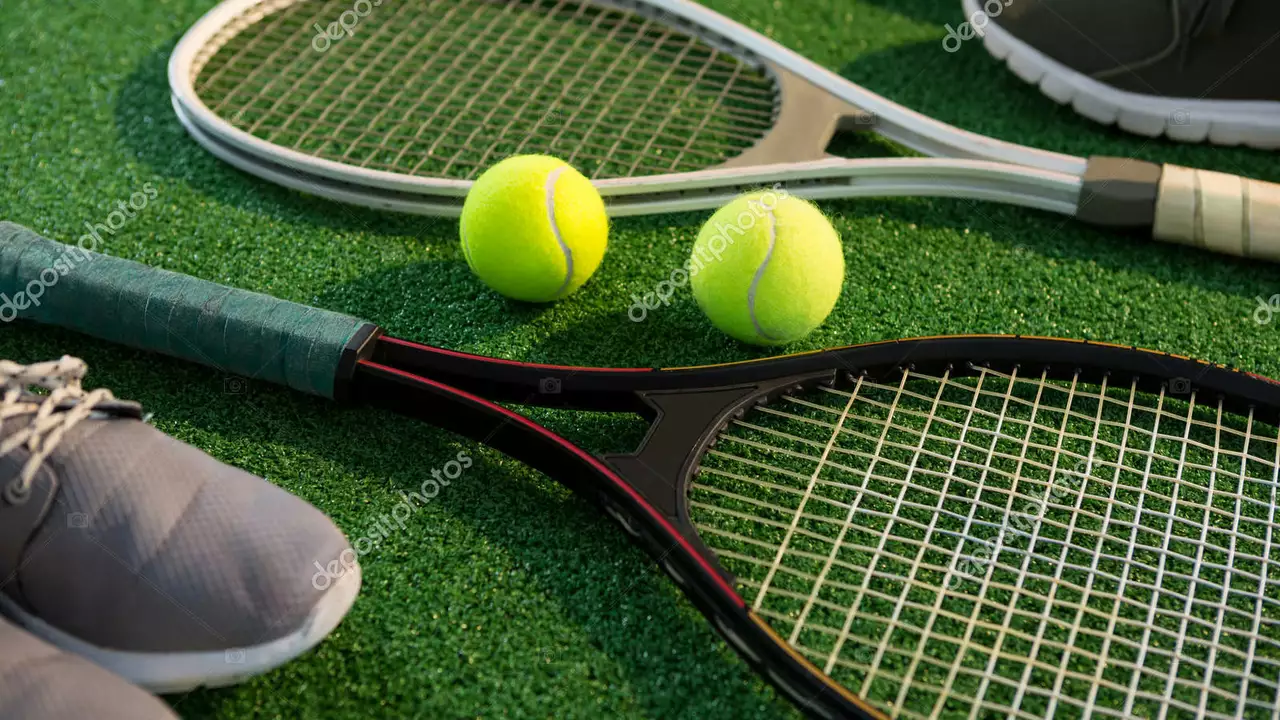Stringing: How to Get the Best Performance from Your Tennis Racket
When working with stringing, the process of installing and adjusting strings on a tennis racket to achieve desired performance. Also known as racket stringing, it ties together several key concepts that any player or technician should understand. For example, a tennis racket, the frame that holds the strings and transfers player effort into ball speed needs the right string tension, the pull force measured in pounds or kilograms that affects power and control. The choice of string material, fibers such as polyester, multifilament or natural gut that determine durability and feel is equally important, and a modern stringing machine, the tool that tension‑loads and knots the strings accurately makes the job repeatable. In short, stringing encompasses selecting the right material, setting the proper tension, and using the correct equipment to shape how the racket performs on court.
Key Factors in Stringing
First, the type of string material decides how the ball reacts. Polyester strings, for instance, offer high durability and control but can feel stiff, while multifilament strings provide a softer feel and more power, making them a favorite for players seeking comfort. Second, string tension directly influences shot characteristics: higher tension (above 60 lbs) sharpens control but reduces power, whereas lower tension (around 50 lbs) boosts power but can sacrifice precision. Third, the gauge or thickness of the string matters – thinner gauges (18‑19) spin better but wear faster, while thicker gauges (16‑17) last longer but may limit spin. Finally, the stringing machine must be calibrated correctly; a mis‑set machine can cause uneven tension, leading to inconsistent play. These attributes create a clear semantic chain: stringing requires a machine, the machine applies tension, tension shapes ball control, and material defines feel.
All of this technical detail boils down to a simple goal: match the string setup to your playing style and court conditions. Whether you prefer heavy topspin on clay, flat power on grass, or a balanced approach on hard courts, the right combination of racket, material, tension, and gauge will give you the edge. Below you’ll find articles that dive deeper into each piece of the puzzle – from how to choose the perfect string material for longevity, to step‑by‑step guides on measuring tension with a digital pull tester, and insights on maintaining your stringing machine for consistent results. Armed with this context, you’re ready to explore the specific tips and stories that follow.


